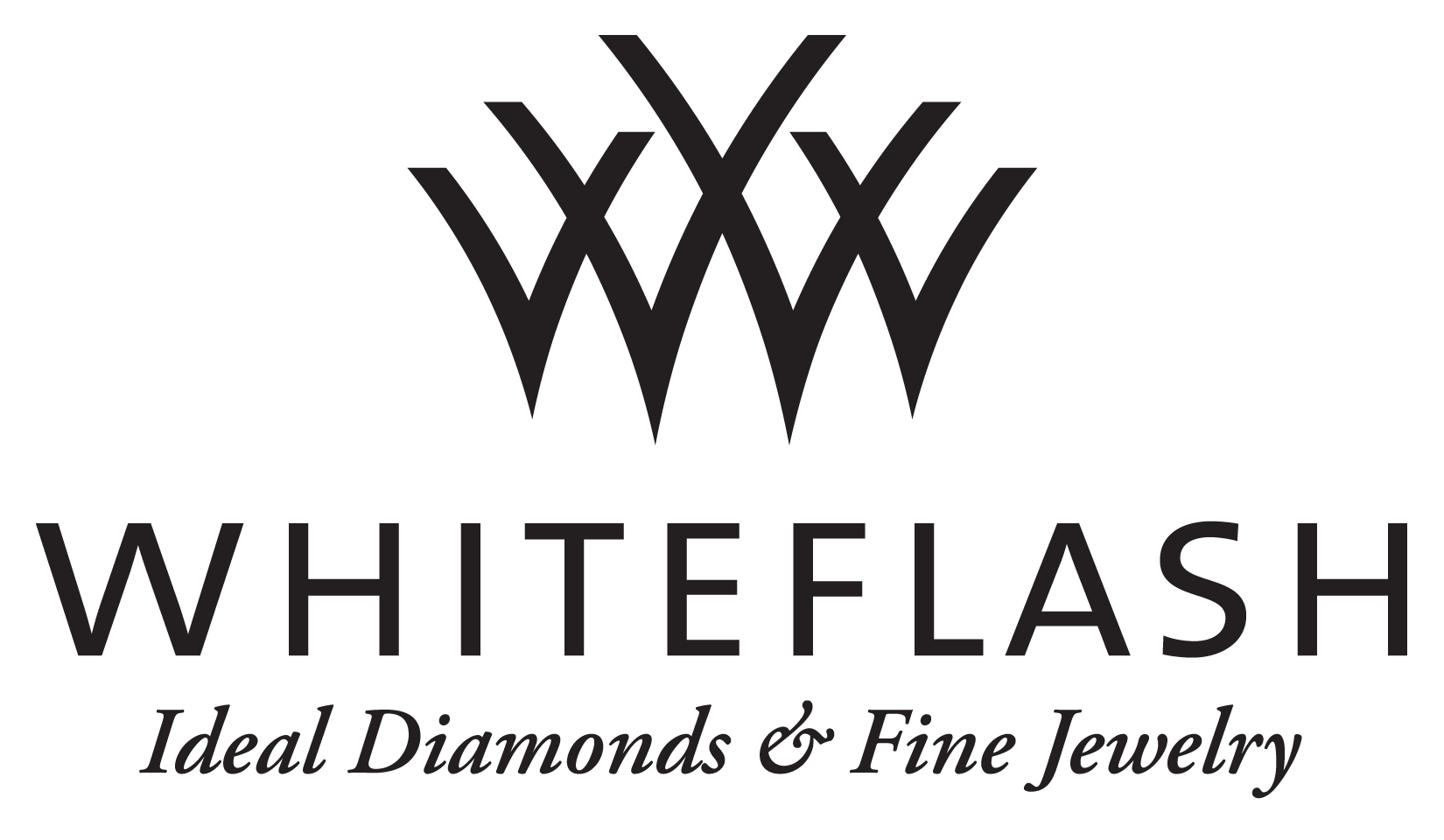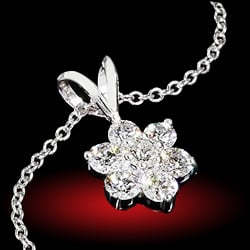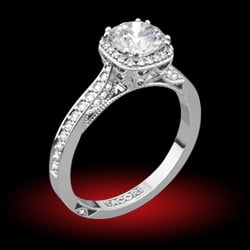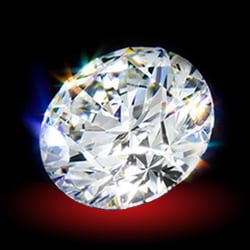xxxxxx
Brilliant_Rock
- Joined
- Jan 6, 2019
- Messages
- 826
Dear Pricescopers,
Unfortunately I won’t in the near future have the possibility to examine a type 2a diamond against a type 2b diamond. I know the main difference is that the type 2a diamond has only carbon atoms connected to each other and the type 2b diamond has a few boron atoms (impurities) thrown in the mix.
If the type 2b diamond only has a Blue Nuance (not a lot of boron atoms) is it still less transparent than a type 2a diamond? Are type 2a diamond so beautifully transparent that a IF type 2b diamond still could be visually less liquidy transparent than a type 2a diamond?
Or have I totally misunderstood the concept of diamond types?
Any insight would be greatly appreciated!
Unfortunately I won’t in the near future have the possibility to examine a type 2a diamond against a type 2b diamond. I know the main difference is that the type 2a diamond has only carbon atoms connected to each other and the type 2b diamond has a few boron atoms (impurities) thrown in the mix.
If the type 2b diamond only has a Blue Nuance (not a lot of boron atoms) is it still less transparent than a type 2a diamond? Are type 2a diamond so beautifully transparent that a IF type 2b diamond still could be visually less liquidy transparent than a type 2a diamond?
Or have I totally misunderstood the concept of diamond types?
Any insight would be greatly appreciated!







300x240.png)